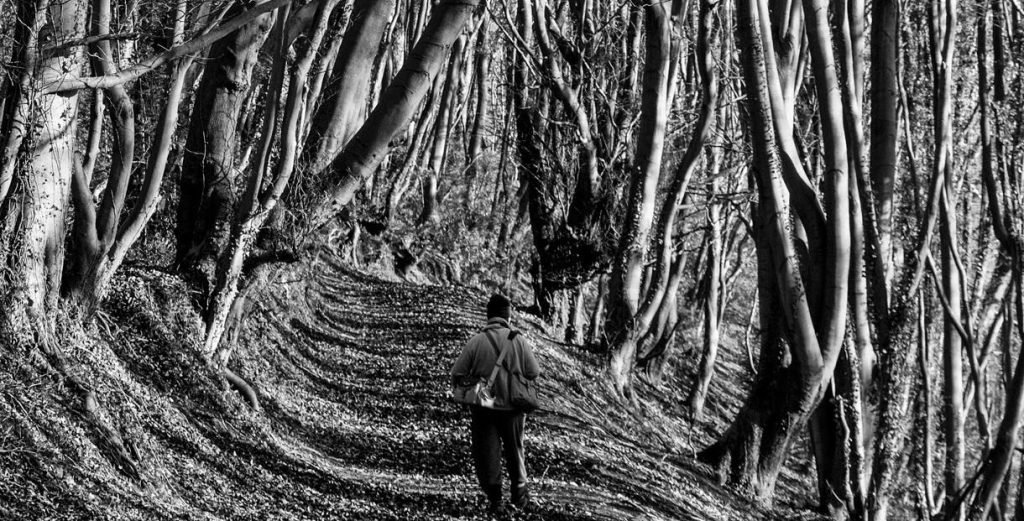Jim Pilston: The Beginning
For Jim Pilston it started with a book. He would study it constantly – the illustrations, the stories, the characters, the artwork.
Like many people interested in folklore, that book was Folklore Myths and Legends of Britain, published by The Readers Digest. It soon became his bible.
Then, at eight years old, he would be put in Mr. Kennett’s class. It would be there he would meet the man who would become, not just a teacher, but a mentor. Mr. Kennett would tell the class stories about ghosts and local legends and then take them on field trips to explore the locations where the stories were set. From Mr. Kennett they learned morris dancing instead of PE, were introduced to the mummers play instead of the nativity play. Being in Mr. Kennett’s class was a joy. A place that Jim still remembers fondly.
Over time, and growing up in the 1970s, his childhood began to be shaped by the stories and films and television of the period; Susan Cooper, Alan Garner, the Children of the Stones. But also growing up in the Cotswolds, Jim began to be influenced by his surroundings; the woods, the abandoned mills. He also came to be inspired by the history of the place, notably the dissent tradition that encouraged the hippies to flee the cities at the end of the sixties.
All of this began to shape him, allowing him to internalise and, ultimately, express the strong sense of “place” that was his childhood.
Forty years later and those influences are still there. Jim’s work still draws on the myths and legends that populate our culture and our imaginations. In that time, Jim worked as an illustrator for many years, and his illustrative work began to morph into three dimensional pieces using mostly found and recycled materials. These works are mixed media and papier mache and today contain a playful and joyous streak, full of intrigue and humour and mystery. Bridging the gap between the past and present of folk culture, with both eyes looking firmly at its future.
The aim is to create something magical from materials discovered in skips and bins up and down the country. To create something valued, even sacred, from materials thought to be worthless.
An aim that Mr Kennett, no doubt, would approve of.













